JoJo Siwa spent 2024 proudly rebranding herself as a “gay pop star,” then spent 2025 removing the L for the Q and ending up with a man.
Fans screamed “plot twist,” but for many young queers, it was relatable. Sometimes feelings and identities take a shift, and it’s not always black and white how that change comes about.
So what do we call that ebb-and-flow vibe? Therapists use the term sexual fluidity: attraction that can shift over time, across genders, or in response to life stages. To understand this frequently misunderstood part of the LGBTQ+ community PRIDE spoke with a therapist, an educator, and a coming out coach to help unpack the concept, bust myths, and offer advice if your labels suddenly feel slippery.
What is sexual fluidity, exactly?
If you feel confused as you explore your identity, the first thing is to remember you are far from the only one who goes through that. Kate Logan, Marriage & Family Therapist Associate (AMFT) at Gender Wellness Los Angeles, tells PRIDE, “Sexual fluidity means your understanding of your sexual orientation—or even your gender identity—isn’t fixed. It can shift over time.”
Logan stresses that fluidity is about possibility, not chaos. For example, someone might feel lesbian for years, then discover genuine attraction to another gender, or vice versa. That openness distinguishes fluidity from identities like bisexuality or pansexuality, which describe consistent attraction to multiple genders.
“Sexual fluidity is about flow,” she says. “It might be subtle or rapid, but it reflects that our experiences of attraction can change. And that’s perfectly valid.”
Is sexual fluidity an orientation or just a phase?
Relationship therapist Aimee Evnin-Bingham, LMFT, says calling fluidity "just a phase" is nonsense.
“Most people are ‘fluid’ with what they like,” she says. “Sexual fluidity gives people space to be open to their desires and connect with their needs deeper.”
Data backs her up. Gen Z reports the highest rates of non-straight identities ever recorded. According to sex-positive educator Anna Richards of Frolicme, up to one-third of Gen Zers identify somewhere on the queer spectrum.
Regarding the idea that fluidity is a phase, Richards adds that it “can be phasic in nature. What’s important is believing people regardless of their orientation at the time.”
Gen Z vs. everyone else
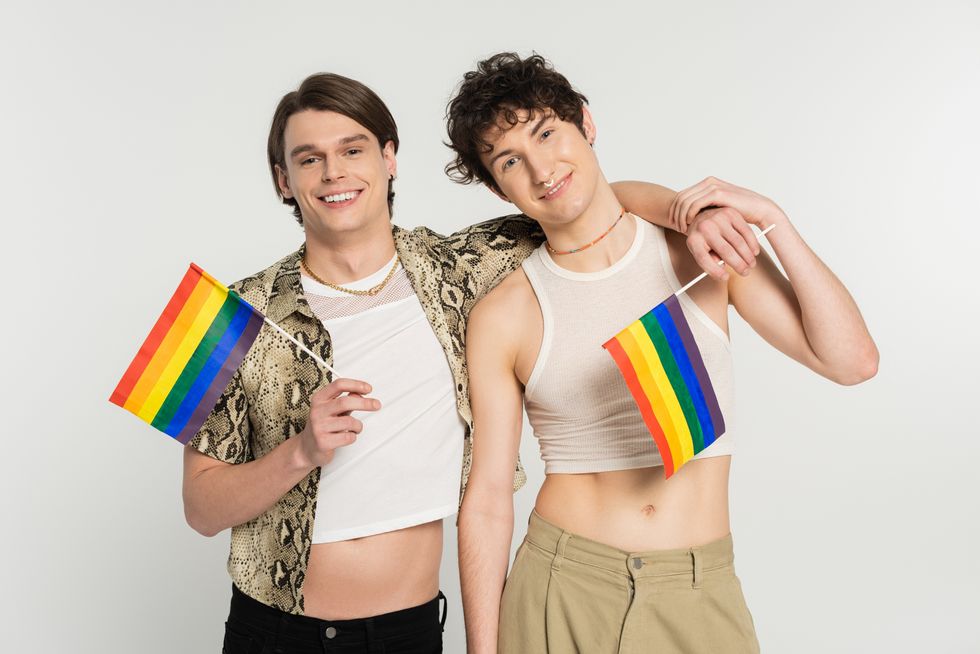
Lightfield Studios/Shutterstock
The younger generation has had the fortune of growing up with terms like bisexual, pansexual, and nonbinary. Even though there’s still stigma to overcome, they were also able to explore their sexuality a lot more openly than the generations that came before them.
According to Anne-Marie Zanzal, a coach who works with people who come out later in life, the newest generations see fluidity as “a valid and enduring experience of sexuality” and not just a stepping stone into a more “stable” identity.
“However, in some circles, especially where binaries still dominate, fluidity can still be dismissed or misunderstood as indecisiveness or confusion,” she says. “Our queer sensibilities are often formed during the time which we come out.”
While the younger generations may see fluidity as normal or even expected, she says that older generations, particularly those who were socialized in more rigid or heteronormative environments, may feel shame, confusion, denial, or even fear if their sexuality shifts.
Wherever you land on the journey, she says, “Be gentle with yourself. You are not behind. You are right on time. There are many, many people exploring their sexual and/or gender orientation later in life. Find community—people who will hold space for the messy, beautiful, uncertain parts of this journey. Know that your story is valid whether you change your label once, never, or a dozen times. You don’t need a label to begin.”
Myths we still need to retire
As with any other identity, there are a number of myths that surround sexual fluidity and add to the lack of support for the representation.
One myth is that being fluid automatically makes you more promiscuous by nature, which Logan argues against. “Fluidity is about the potential for change in attraction, not about behavior,” she says.
Outside of promiscuity, another myth is that more women are sexually fluid than men. She assures, “Men, too, tend to respond to sexual stimuli such as erotic videos or images of both men and women. More men are expressing their sexual fluidity as the stigma on male same-sex encounters lifts.”
One of the more damaging myths—and a big reason people have expressed unfair anger at Siwa—is the thought that fluid people undermine a “real” gay or lesbian identity.
Evnin-Bingham disagrees. “Being sexually fluid can be anxiety-provoking as our society pushes us to ‘pick a side’ or ‘pick an orientation,’” she says. “People can feel ostracized from queer spaces if they do not ‘fit the bill’ of what a societally queer person means. Thus, most people who are sexually fluid do not talk about their needs or feel like they have space to connect with others around their identity as frequently.”
Okay, I’m questioning—now what?
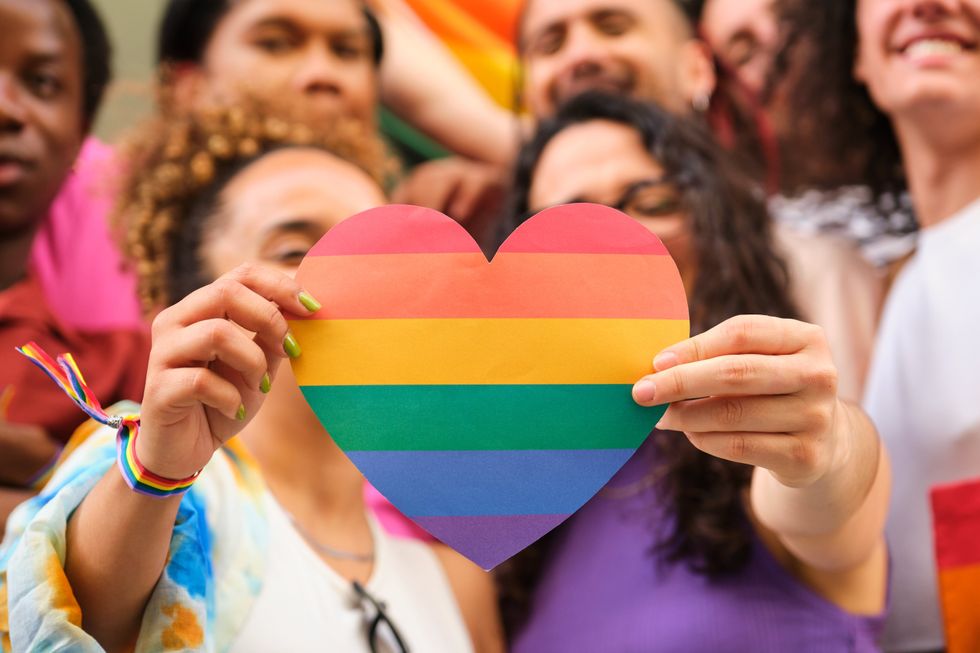
Ladanifer/Shutterstock
If you’re questioning things, give yourself permission to do so. As Evnin-Bingham reminds, “It is a person’s choice on how to identify and how to feel about their sexual orientation. It is their right to play and explore different sexual needs and desires in order to understand their attraction more.
Richards agrees, saying that dating apps can be a good way to explore your sexuality at any stage of life.
“Try expanding your matches to people of the gender you’re looking to explore,” she says. “If you feel self-conscious, you can explain in your profile or opening messages that this is new for you. There are many people in the same situation, so have fun!”
Logan also encourages to experiment at your own pace and allow for stability when the opportunity arises.
“Being fluid doesn’t mean you’re constantly changing,” she says. “Sometimes it’s more like a slow-moving river—steady for a while, then shifting. You can feel completely settled for a time and still be fluid. It’s about having the capacity for change, not constantly being in motion.”
The bigger picture contains queerness without boxes
Fluidity helps dismantle the “either/or” script mainstream society loves. As Zanzal puts it, “Queerness is resistance to binaries. It says you can be both/and, or neither, or something else entirely.”
So whether Siwa’s next single celebrates a girlfriend, a boyfriend, or her own damn self, the takeaway is the same: attraction is personal, evolutionary, and nobody’s business but yours.
If your heart is tugging you somewhere new, that’s not a glitch. That’s your truth—flow with it.
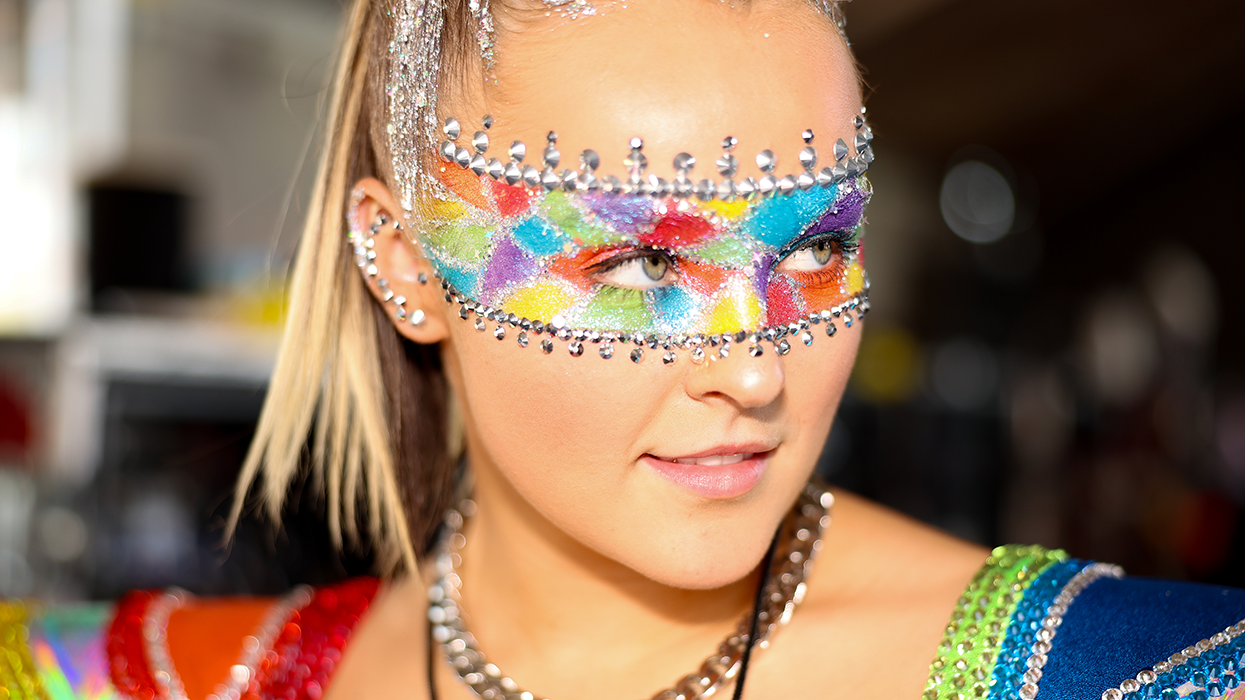

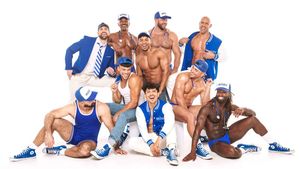






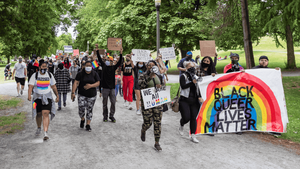











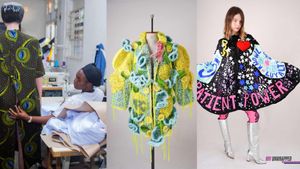



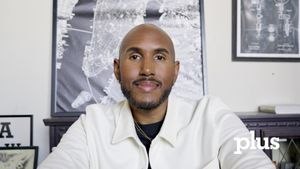




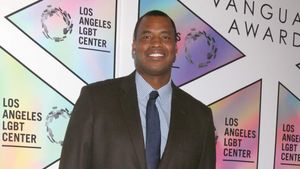







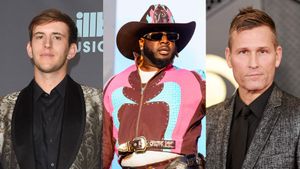







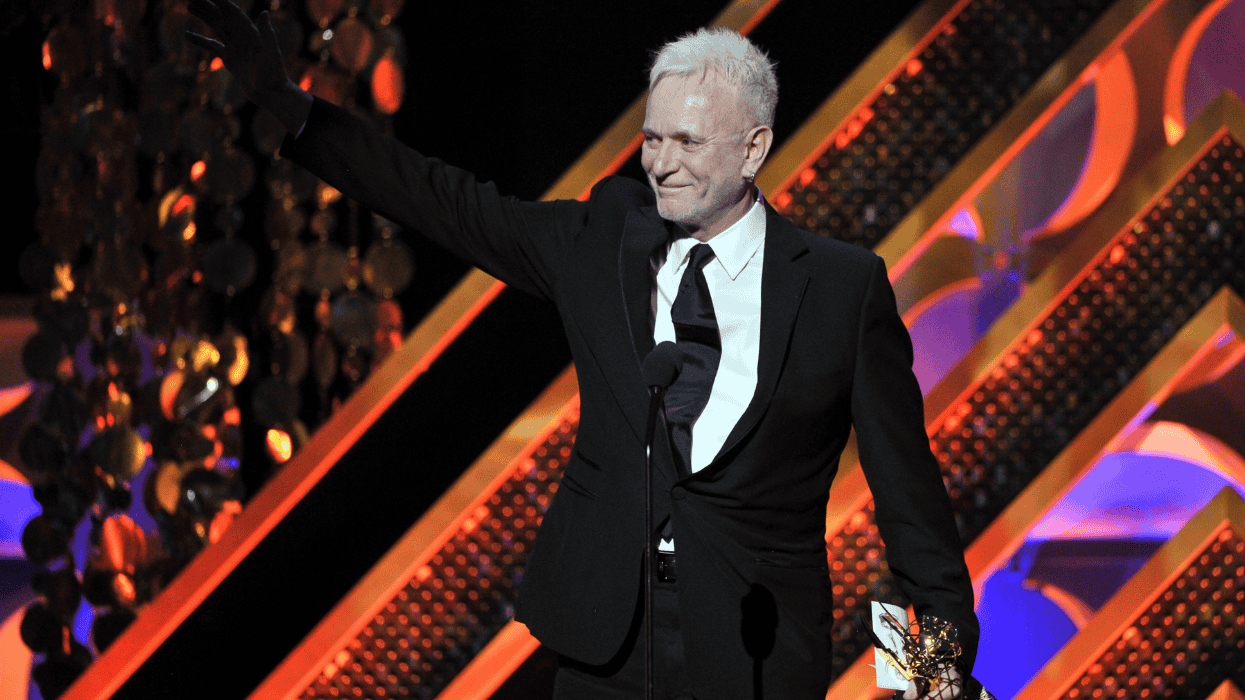























 4. Cleansing after a fightBeatriz Vera/Shutterstock
4. Cleansing after a fightBeatriz Vera/Shutterstock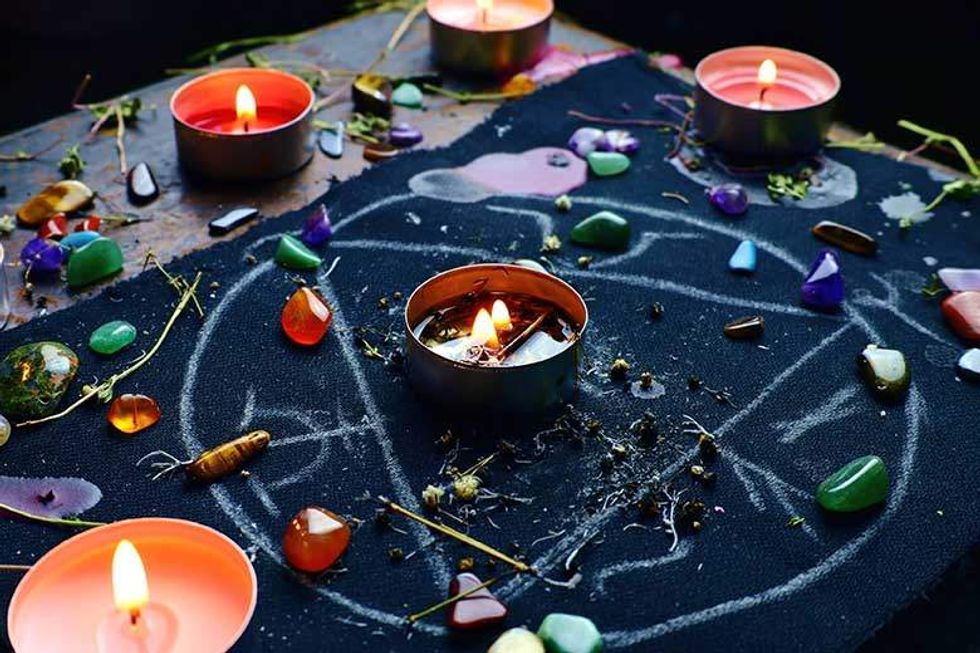
 1. Cord-cutting
1. Cord-cutting
